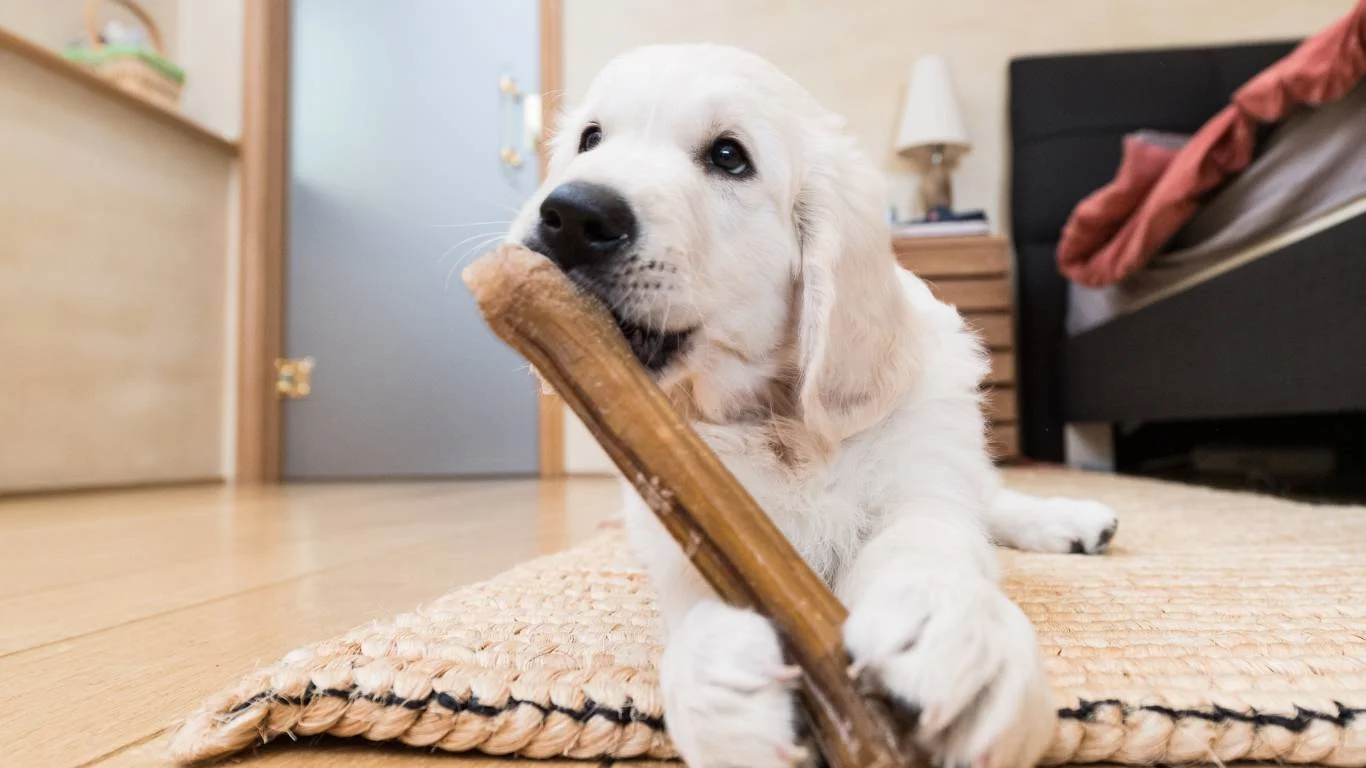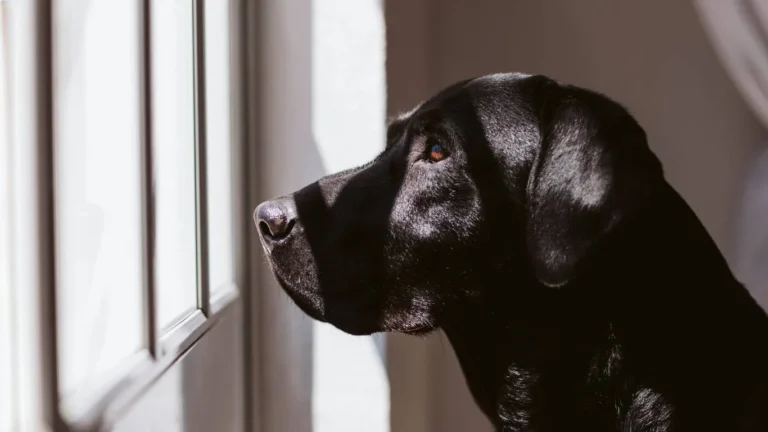Keep Your Dog’s Nails Healthy & Strong: Essential Care Tips
Keeping a dog’s nails healthy and strong is one of those little things that can make a huge difference in your pup’s overall well-being. I’ve seen way too many cases where neglected nails led to painful walks, joint issues, or even injuries. It’s one of those overlooked aspects of pet care, but trust me, regular nail maintenance is just as important as feeding a balanced diet or brushing their coat.
Why Nail Health Matters for Your Dog
Dog nails aren’t just for aesthetics; they play a crucial role in mobility and posture. When nails get too long, they can change the way your dog walks, putting pressure on their joints and even causing arthritis over time. I once had a client whose senior Golden Retriever was limping for months. Turned out, his nails were so overgrown they were forcing his toes into an unnatural position! A quick trim and some paw care later, and he was back to his happy, tail-wagging self.
Common Problems Caused by Overgrown Nails
- Pain and discomfort: Long nails press into the paw pad, making each step painful.
- Joint stress: Dogs adjust their gait to accommodate long nails, which can lead to arthritis.
- Risk of injury: Overgrown nails can crack, split, or even break off painfully.
- Scratches and damage: Not just to your furniture, but to their own skin if they scratch excessively.
 How Often Should You Trim Your Dog’s Nails?
How Often Should You Trim Your Dog’s Nails?
One of the most common questions I get from pet parents is, “How often should I trim my dog’s nails?” The answer depends on your dog’s lifestyle, breed, and activity level. Some dogs naturally wear down their nails by walking on pavement, while others (especially smaller or older dogs) may need more frequent trims.
General Guidelines for Nail Trimming
- Every 2-4 weeks: Ideal for most dogs, preventing nails from ever getting too long.
- Monthly trims: Works for active dogs that regularly walk on hard surfaces.
- Check every week: If you hear clicking on the floor, it’s time for a trim!
One trick I always share: If you’re unsure, do the “paper test.” Place your dog’s paw on a flat surface with a piece of paper underneath. If the nails touch the paper before their paw pad, it’s time for a trim.
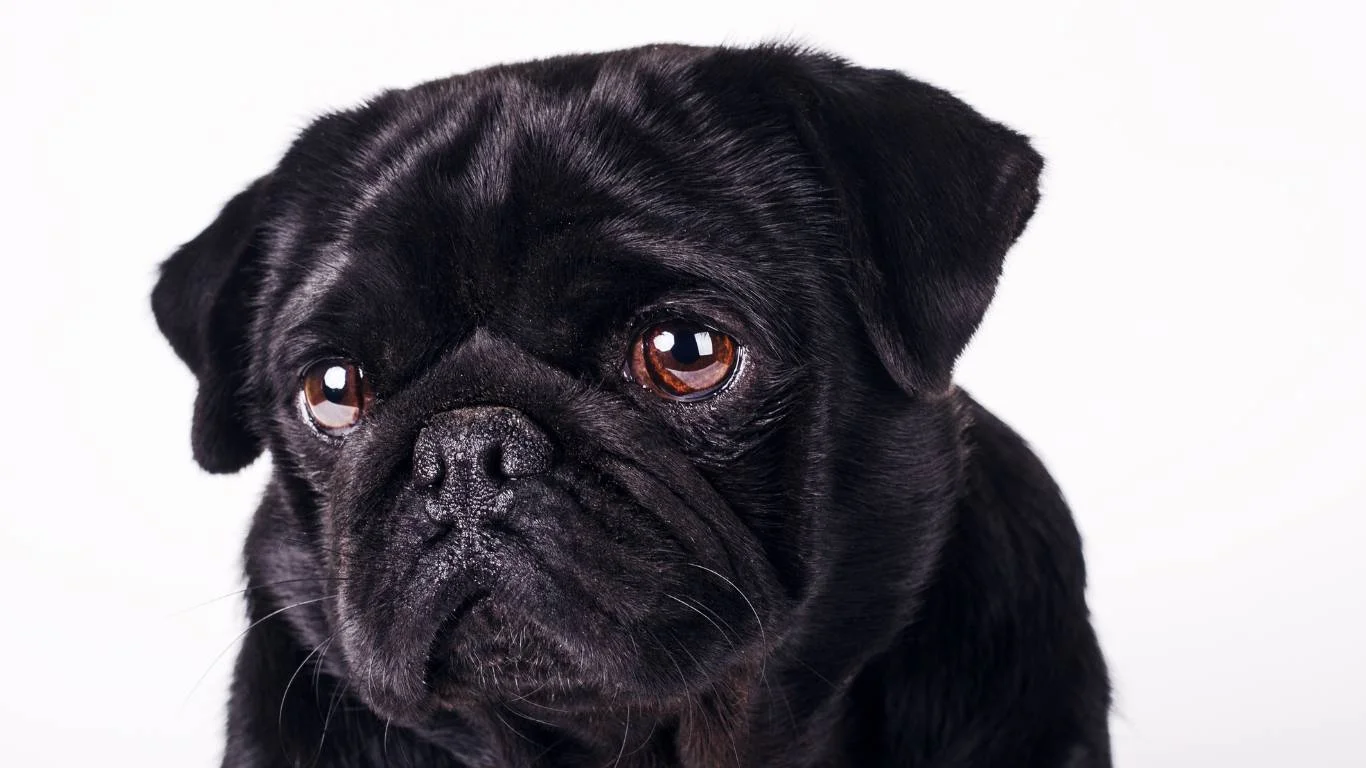 How to Safely Trim Your Dog’s Nails
How to Safely Trim Your Dog’s Nails
Nail trimming can be nerve-wracking for both you and your pup, especially if you’ve ever cut too deep and hit the quick (that’s the sensitive blood vessel inside the nail). But with the right technique and tools, it doesn’t have to be a stressful experience.
Essential Tools for Nail Trimming
- Guillotine-style clippers: Great for small to medium dogs.
- Scissor-style clippers: Best for large breeds with thick nails.
- Nail grinder: A great alternative if your dog hates clippers.
- Styptic powder: Stops bleeding in case of accidental quick cuts.
Step-by-Step Guide
- Start slow: Let your dog sniff the clippers before using them.
- Hold the paw firmly but gently: Ensure your dog is comfortable.
- Trim little by little: Avoid cutting too much at once to prevent hitting the quick.
- Look for the quick: In light-colored nails, it’s the pink section. In dark nails, trim bit by bit until you see a greyish oval.
- Reward and reassure: Treats and praise make a world of difference!
One of my personal hacks? If your dog is squirmy, try trimming one nail at a time throughout the day instead of doing all at once. Makes the process less overwhelming!
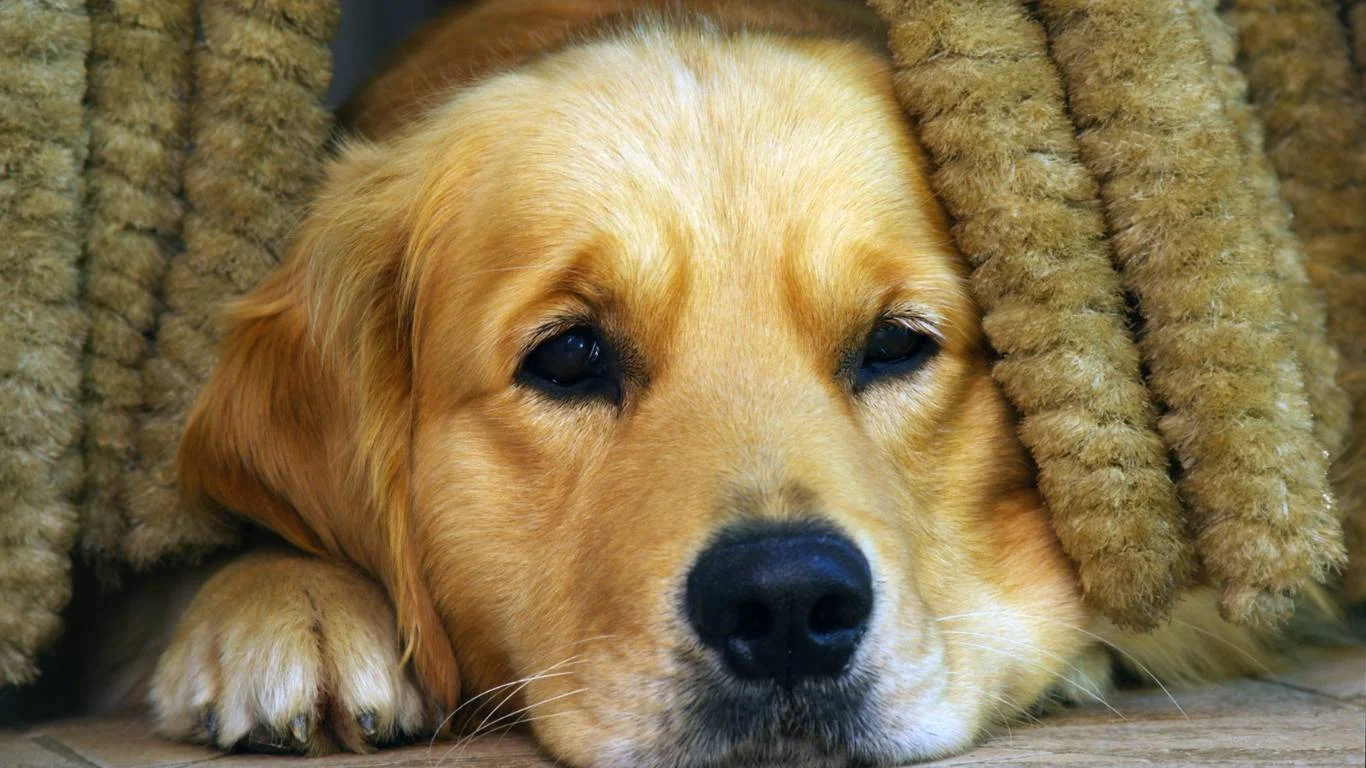 Keeping Your Dog’s Nails Healthy and Strong
Keeping Your Dog’s Nails Healthy and Strong
Beyond trimming, there are other ways to ensure your dog’s nails stay healthy and strong. Proper nutrition, regular exercise, and moisture can all play a role in nail health.
Diet and Supplements
What your dog eats affects their nail health just as much as their fur and skin. A diet rich in biotin, omega-3 fatty acids, and high-quality protein can promote stronger, healthier nails.
Paw Moisturizing
Dry, brittle nails can break easily. Consider using paw balms or natural coconut oil to keep nails hydrated, especially in dry climates or during winter.
Regular Walks on Hard Surfaces
Walking on pavement naturally files down your dog’s nails. If possible, incorporate daily walks on sidewalks or gravel paths to help maintain a good length.
 Alternative to Clipping: Using a Nail Grinder
Alternative to Clipping: Using a Nail Grinder
Some dogs absolutely despise clippers. If your pup squirms, pulls away, or gives you the saddest puppy eyes every time you bring out the clippers, a nail grinder might be a better option. I’ve had a lot of pet parents tell me they’re nervous about using one, but once they get the hang of it, they never go back!
Why Choose a Nail Grinder?
- More control: Since you’re filing the nail down gradually, there’s less risk of hitting the quick.
- Smoother edges: Unlike clippers, which can leave sharp edges, grinders round out the nails nicely.
- Great for dark nails: If your dog has black nails, it’s harder to see the quick—grinding helps avoid accidents.
How to Use a Nail Grinder Safely
- Introduce the grinder: Let your dog get used to the sound before actually using it.
- Use short bursts: Hold the grinder against the nail for just a second or two at a time to prevent heat buildup.
- Hold the paw steady: Support their paw gently but firmly to avoid sudden movements.
- Watch for signs of stress: If your dog gets anxious, take breaks and reward them with treats.
One trick I’ve learned? If your dog hates the sound of the grinder, try turning it on before you start trimming and give them treats while it runs. They’ll start associating the noise with something positive!
 Signs of Unhealthy Nails & When to See a Vet
Signs of Unhealthy Nails & When to See a Vet
While regular trims and proper care keep nails in great shape, sometimes underlying issues can affect their health. I’ve had cases where a dog’s brittle, cracking nails were actually a symptom of something more serious.
Common Nail Problems in Dogs
- Cracking or splitting nails: Could be due to dryness, diet deficiencies, or even an infection.
- Discolored nails: Yellow, brown, or black nails (if they weren’t always that color) might signal a fungal infection.
- Swollen nail beds: Redness, swelling, or discharge could mean an infection or injury.
- Persistent licking or biting at paws: Dogs often lick when something is bothering them—check their nails closely!
If you notice any of these signs, it’s best to check in with your vet. One time, I had a client bring in a Labrador who kept chewing his nails. Turns out, he had a bacterial infection from a tiny splinter that got lodged under his nail! A quick round of antibiotics, and he was back to zooming around the yard.
 Making Nail Care a Positive Experience
Making Nail Care a Positive Experience
Let’s be honest—most dogs aren’t exactly thrilled about having their nails trimmed. But with a little patience and positive reinforcement, you can turn it into something they actually tolerate (or even enjoy!).
Desensitization Training
Start slow! If your dog isn’t used to nail trims, don’t rush the process.
- Touch their paws often: Make it a habit to gently hold and massage their paws daily.
- Introduce the tools: Let them sniff the clippers or grinder without using them.
- Fake trims: Pretend to trim without actually cutting—just to get them used to the routine.
- Reward generously: Treats, praise, belly rubs—whatever your dog loves most!
Calming Techniques for Nervous Dogs
If your pup gets stressed during nail trims, try these tips:
- Use calming pheromone sprays: Products like Adaptil can help relax anxious dogs.
- Play soft music: Some dogs respond well to classical music or calming soundtracks.
- Try peanut butter distraction: Smear a little peanut butter on a lick mat to keep them occupied.
- Take breaks: If they’re getting too stressed, stop and try again later.
One of my best success stories? A senior Dachshund who used to scream (literally!) at the sight of nail clippers. We worked on desensitization and paired trims with her favorite snack—cheese cubes. A few months later, she actually wagged her tail when she saw the clippers. Now that’s a win!
FAQs About Dog Nail Care
What if my dog absolutely refuses nail trims?
Some dogs just won’t tolerate it, no matter how much positive reinforcement you use. In that case, consider professional grooming or vet visits. If necessary, mild sedatives (prescribed by a vet) can help extremely anxious dogs.
How do I stop the quick from bleeding if I cut too far?
Don’t panic! Apply styptic powder (or cornstarch in a pinch) and apply gentle pressure. The bleeding should stop in a few minutes. Always give your pup a treat afterward to turn it into a positive experience.
Can I use human nail clippers on my dog?
For small puppies or toy breeds, human clippers might work. But for most dogs, pet-specific clippers are safer and more effective.
Should I trim my dog’s dewclaws?
Absolutely! Dewclaws (those little nails on the inside of their legs) don’t touch the ground and can grow too long, curling into the skin. They need trimming just like the other nails.
 Preventing Nail Problems Before They Start
Preventing Nail Problems Before They Start
By now, you know how important nail care is for your pup’s health. But prevention is always easier (and less painful) than treating a problem later. Keeping a dog’s nails healthy and strong isn’t just about trimming—it’s about overall paw care. Trust me, I’ve seen firsthand how simple habits can prevent serious issues.
Regular Paw Checks
One of the easiest ways to stay on top of nail health is a quick weekly paw inspection. Here’s what to look for:
- Cracks or splits: Early detection can prevent painful breaks.
- Swelling or redness: Could indicate infection or an embedded foreign object.
- Unusual nail growth: Some conditions, like autoimmune diseases, can cause abnormal nail changes.
- Odor: A foul smell can be a sign of a bacterial or fungal infection.
I always tell pet parents: “If you make paw checks a normal part of belly rubs and playtime, your dog won’t even realize it’s an inspection!” The more they’re used to having their paws handled, the easier nail care becomes.
Best Flooring for Natural Nail Maintenance
Did you know that the surface your dog walks on can impact their nail health? Dogs that walk primarily on carpet or grass may need more frequent trims because their nails don’t wear down naturally. On the other hand, moderate walks on concrete or gravel can help keep nails at a healthy length.
DIY Paw Balm for Healthier Nails
Dry nails can become brittle and prone to cracking. You can make a simple homemade paw balm with just a few ingredients:
- 2 tbsp coconut oil
- 1 tbsp shea butter
- 1 tbsp beeswax
- 1 tsp vitamin E oil
Melt everything together, pour into a small container, and let it cool. Apply a thin layer to your dog’s paws and nails as needed—especially in winter when dryness is a bigger issue.
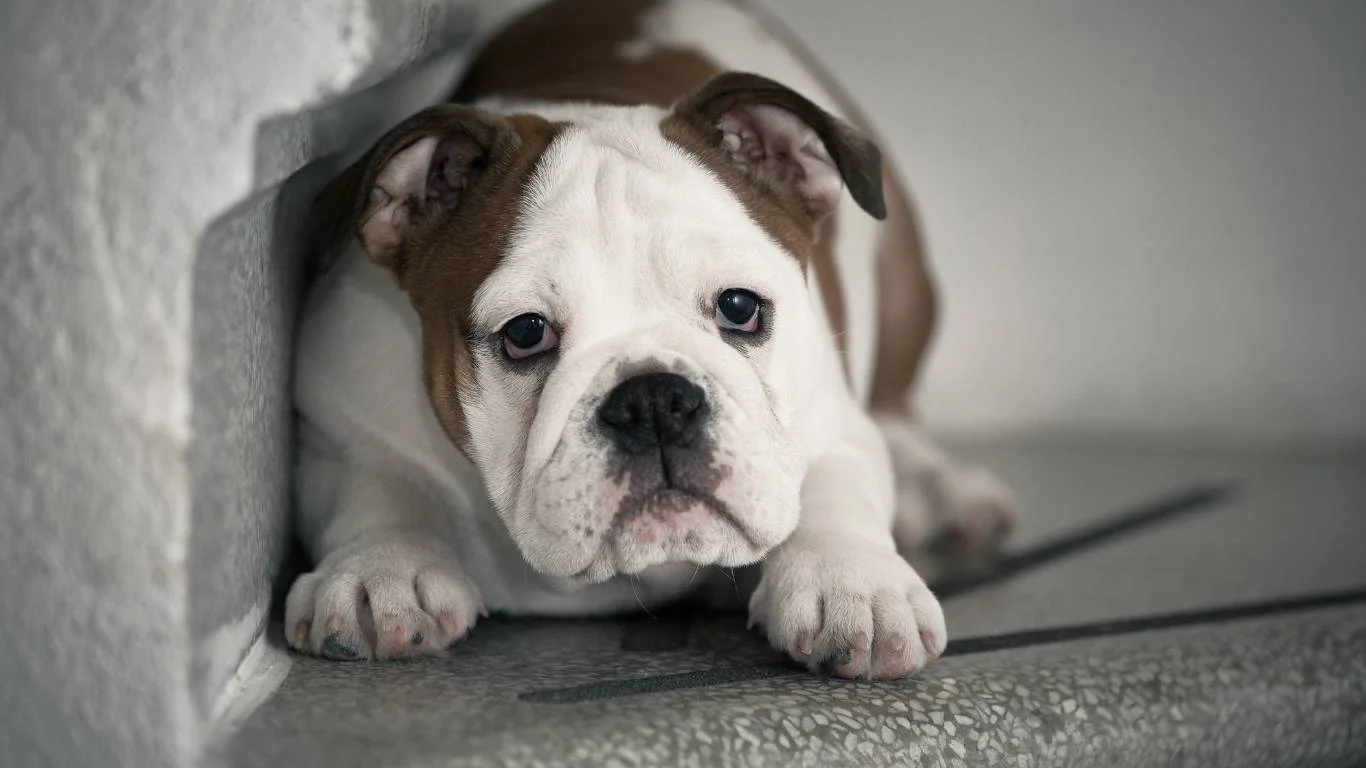 When to Seek Professional Grooming or Veterinary Help
When to Seek Professional Grooming or Veterinary Help
Even with the best care at home, there are times when it’s best to let the professionals step in. Some dogs have nails that grow unusually fast, curve inward, or are too thick for standard clippers. And let’s be real—some pups just won’t sit still no matter what tricks you try!
When a Professional Groomer Might Be Best
Consider professional grooming if:
- Your dog is extremely anxious or fearful during nail trims.
- Their nails are very dark, thick, or tough to clip.
- You don’t feel confident trimming nails yourself.
- You’ve accidentally cut the quick before and are hesitant to try again.
Most groomers offer nail trims as a quick add-on service, and it can save you a lot of stress!
Veterinary Help for Nail Issues
Sometimes, nail problems go beyond what a groomer can handle. You should see a vet if:
- A nail is cracked, bleeding, or looks infected.
- Your dog is limping or licking at their paws excessively.
- The nails are growing abnormally fast or in odd directions.
- There are signs of fungal or bacterial infections.
In rare cases, persistent nail issues can indicate underlying health problems like autoimmune disorders or nutritional deficiencies. If something seems off, a vet visit is always the safest choice.
Final Thoughts on Keeping a Dog’s Nails Healthy and Strong
Maintaining your dog’s nail health is one of those small but powerful ways to improve their quality of life. Regular trims, proper nutrition, and routine paw checks can prevent painful problems down the road. Plus, making nail care a positive experience will make things easier for both you and your pup.
Remember, every dog is different! Some need weekly trims, while others can go a month or more. Pay attention to your pup’s paws, keep a routine, and don’t be afraid to ask for professional help if needed.
And most importantly—don’t forget the treats! A little bribery never hurts when it comes to nail trims.
References
Disclaimer
The information in this article is for educational purposes only and should not replace professional veterinary advice. If you have concerns about your dog’s nail health, consult a licensed veterinarian.
